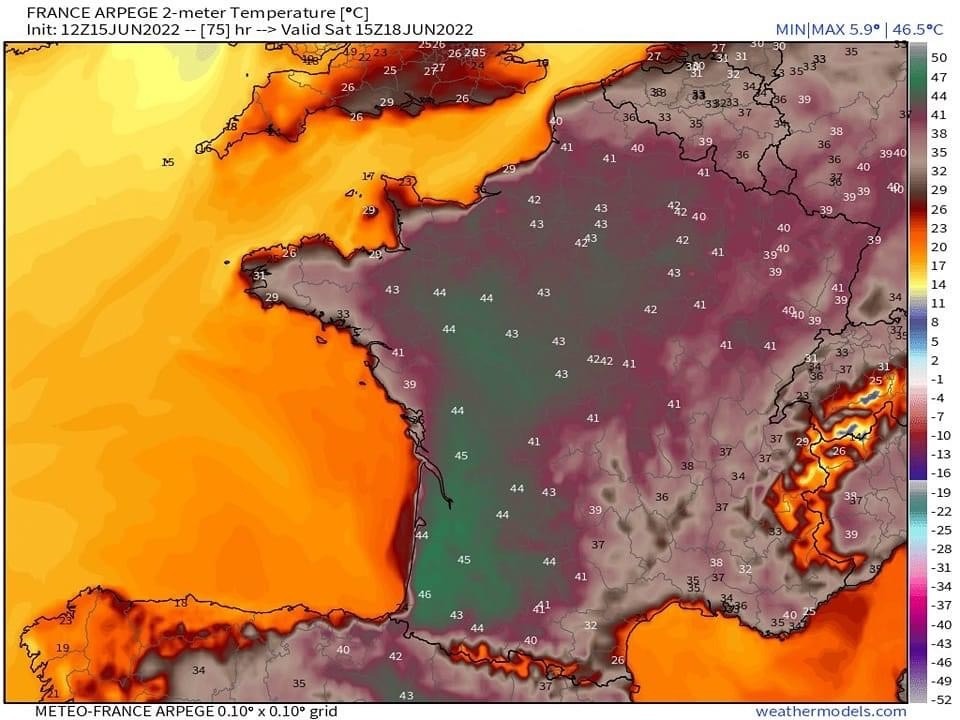Emission allowances: Difference between revisions
Amwelladmin (talk | contribs) No edit summary Tags: Mobile edit Mobile web edit |
Amwelladmin (talk | contribs) No edit summary Tags: Mobile edit Mobile web edit |
||
| Line 10: | Line 10: | ||
*[[De minimis threshold test]] | *[[De minimis threshold test]] | ||
{{c|Emissions}} | {{c|Emissions}} | ||
{{ref}} | |||
Revision as of 11:51, 20 December 2022
|
Commodities and emissions anatomy™
A handy guide to real-world stuff you can eat, burn, or virtue-signal about.
|
Emission allowances
/ɪˈmɪʃən əˈlaʊənsɪz/ (n.)
An opportunity for regulatory arbitrage, created out of thin, hot air.[1] Notwithstanding their close connection with the commodities markets, emission allowances are not commodities, but rather a sort of play on global energy policy. In an odd way they resemble crypto, in that they are fully dependent on a collective belief (amongst the world’s governments) that climate change can, and indeed needs to, be managed by imposing financial incentives on the generation (or consumption) of carbon dioxide. Emission allowances themselves formally resemble financial instruments, though their custody and legal form are rather unique, and lawyers will get exercised about how one effectively takes security over them,
The relationship with european regulation. It’s complicated.
You must have a taste for multi-dimensional chess if you want to understand what is required in the world of commodities, freight, weather derivatives and emission allowances. To wit:
Section C of Annex I to MiFID includes the following emissions and commodity products as within the scope for financial instruments:
(4) options, futures, swaps, forwards and any other derivative contracts relating to securities, currencies, interest rates or yields, emission allowances or other derivatives instruments, financial indices or financial measures which may be settled physically or in cash;
(5) options, futures, swaps, forwards and any other derivative contracts relating to commodities that must be settled in cash or may be settled in cash at the option of one of the parties other than by reason of default or other termination event;
(6) options, futures, swaps, forwards and any other derivative contracts relating to commodities that can be physically settled provided that they are traded on a regulated market, a MTF, or an OTF, except for wholesale energy products traded on an OTF that must be physically settled;
(7) options, futures, swaps, forwards and any other derivative contracts relating to commodities, that can be physically settled not otherwise mentioned in point 6 of this Section and not being for commercial purposes, which have the characteristics of other derivative financial instruments;
In scope
- Actual emission allowances, resembling as they do abstract financial instruments — and actually listed as such in Section C of Annex III of MiFID 2 (see point 11! they just snuck in there!) are in scope.
- Emission allowances derivatives, whether physically- or cash-settled, are in scope.
- Cash-settled commodity derivatives — including ones where either party has an option to cash-settle — are in scope.
- Weather derivatives, freight, inflation and economic indicator derivatives that can be cash-settled (it would be kind of fun having physically-settled weather derivatives wouldn’t it) are in scope.
Out of... In scope
- Physically-settled commodity derivatives which (per below) would otherwise be out of scope, if not used “for commercial purposes” and having “the characteristics of derivative financial instruments” are in scope. That one had you going didn’t it!
Really out of scope
- Actual commodities, being consumable, perishable, paint ’em yellow ’n’ pass ’em off as copper, real-world things that people actually need to live, are out of scope.
- Physically-settled commodity derivatives (not falling into the no-man’s land bucket above) are out of scope ...
- ... unless they are traded on an EU trading venue, (i.e, OTC physically-settled commodity derivatives) in which case they are in scope ...
- ... unless they are “wholesale energy products traded on an OTF that must be physically settled” — which case they are out of scope again. I DON’T MAKE THE RULES FOLKS.
There is some angst around weather (inadvertently or on purpose) end-users buying emissions allowances or in-scope commodity derivatives for their own purposes might be required to be authorised under MiFID 2 due to the revised definition of dealing on own account. After some scrambling around, ESMA derived a de minimis threshold test, meaning to keep those who weren’t executing customer orders and whose net exposure was under three billion annually, out of scope.
The definition of net exposure was perhaps too hastily drawn up, as it appears to reference only instruments that would be in scope for MiFID, and even then is a bit slapdash about it — commodities have a complicated relationship with MiFID, and it doesn’t make for casual cross reference — but logically it shouldn’t matter whether a contract is in or out of scope for MiFID, as long as it operates to reduce net exposure.
See also
References
- ↑ Boom boom.
